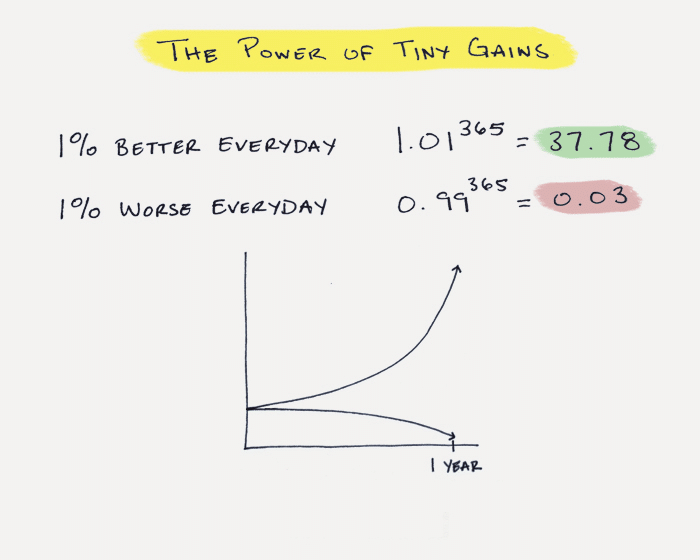
Menu
Can you believe that as I write this, we’re already into the first week of February, 2019? I can’t.
Something I’ve noticed over the past month sparked this post, and that’s the idea around feedback.
Now we use feedback in many parts of our lives. To speak, to write, to cook. Everything.
Even as I’m writing this blog post, I am using feedback.
As I’m typing, I’m using the feedback I get from how the post reads in my head to review the sentences I write.
What I’ve noticed is that a lot of businesses out there aren’t using feedback in their digital marketing.
They take the time to learn what they should be posting, on what platforms, and when.
But when it comes to improving their efforts, they don’t bother.
One of the big leg-ups that digital has over traditional marketing is that we can pretty much test everything.
Want to run an ad for a week? We can tell you exactly how many people converted on it. Take that magazines!
How many people opened that email, or engaged with that post, or visited your website and purchased something.
All this can be tested, and all this can be improved.
As you start out, you generally have a rough idea of who your target audience is and what their key problems are.
If you’re more established in business, you should definitely have a good picture of this by now.
There are other strategies such as social listening that you can use to improve this picture, but let’s keep it simple here.
This is where you should begin. With a fundamental understanding and starting point of your customer.
Next, you create a piece of content. Then another. And another. All around ideas you think your ideal customers will respond best to.
What most businesses forget to do here is actually go back and review their content.
Every time you post something for your audience, go back and see how it’s performing.
What topics are people responding to? Which types of content are getting the most engagement?
Then, just continue to make more of what works and cut out what isn’t working.

When running ads, you shouldn’t just lead with one ad that you think is the one.
Make sure you add variations of the promotion you’re running.
When you only lead with one ad, you have no idea if this is the best ad you could be running or converting on.
Switch up the copy and text on the ads. It’s crazy to think that slight variations and wording can have such dramatic impacts, but they do.
Switch up your targeting. Test different segments and who you’re trying to reach.
Even down to your images, videos and creative aspects. Experiment and consistently test them against each other.
Do you know exactly where your customers are going on your website? Wouldn’t you want to know where they’re looking and clicking?
Heat maps are a fantastic tool you can add to your website to test what parts of your website people are interacting with.
You can see what buttons they’re clicking on most and being directed towards. You can see what parts are being forgotten.
This then allows you to keep experimenting with your website. It lets you test different website copy, if it helps certain elements stand out.
You can test colours, sizes and images to help you direct people to the right information.

I get asked this a fair bit, but like most things, it depends on your audience. When are they most active online?
It may be 9:00am in the morning or 11:00pm at night. You need to test this out and use the feedback you get to help you.
For one business I worked with, we noticed that most of their customers were busy business owners. They’d often check early in the morning or late at night, and be offline during the day. We then adjusted their posts to fall in those times.
Another business we found that the highest engagement occurred between 3:00pm and 5:00pm when their ideal customers, students, would likely be online after school.
Don’t treat these two examples as fact for your own business either. You need to go test it yourself and get the feedback for your specific business and content.
You’ve probably heard the term call-to-action (CTA). It’s a sentence of remarks in which you’re prompting your audience to take a specific action.
Firstly, if you aren’t using them in places such as your website, your ads, and even your social content – get onto it!
It’s a great way to drive traffic and engagement to the areas you want.
What you should also be doing is split-testing these CTA’s. Test and compare which calls-to-action are actually getting a response.
If you tell your customers to tag a friend, versus asking them to leave a comment, which one actually gets more action.
Even in your ads, you’re likely running them to drive traffic to an offer. Make sure you split test your call-to-action, with different variations of test and wording.
Now these are just a handful of examples. If you’d like to dive deeper, I highly recommend this article from Neil Patel on 50 Split Testing Ideas.
As we head into 2019 and beyond, data is becoming an increasingly more important element to your online marketing.
So much data is being generated every day that you can use to beat your less-thoughtful competition.
I challenge you, if you aren’t already, to become more mindful about how you can test, improve, and use feedback to improve your online marketing efforts.
Start small, test and use the data you get to improve.
Just imagine where you’ll be after improving your digital marketing by 1% every day this year.




© 2021 All rights reserved
Manexo Media